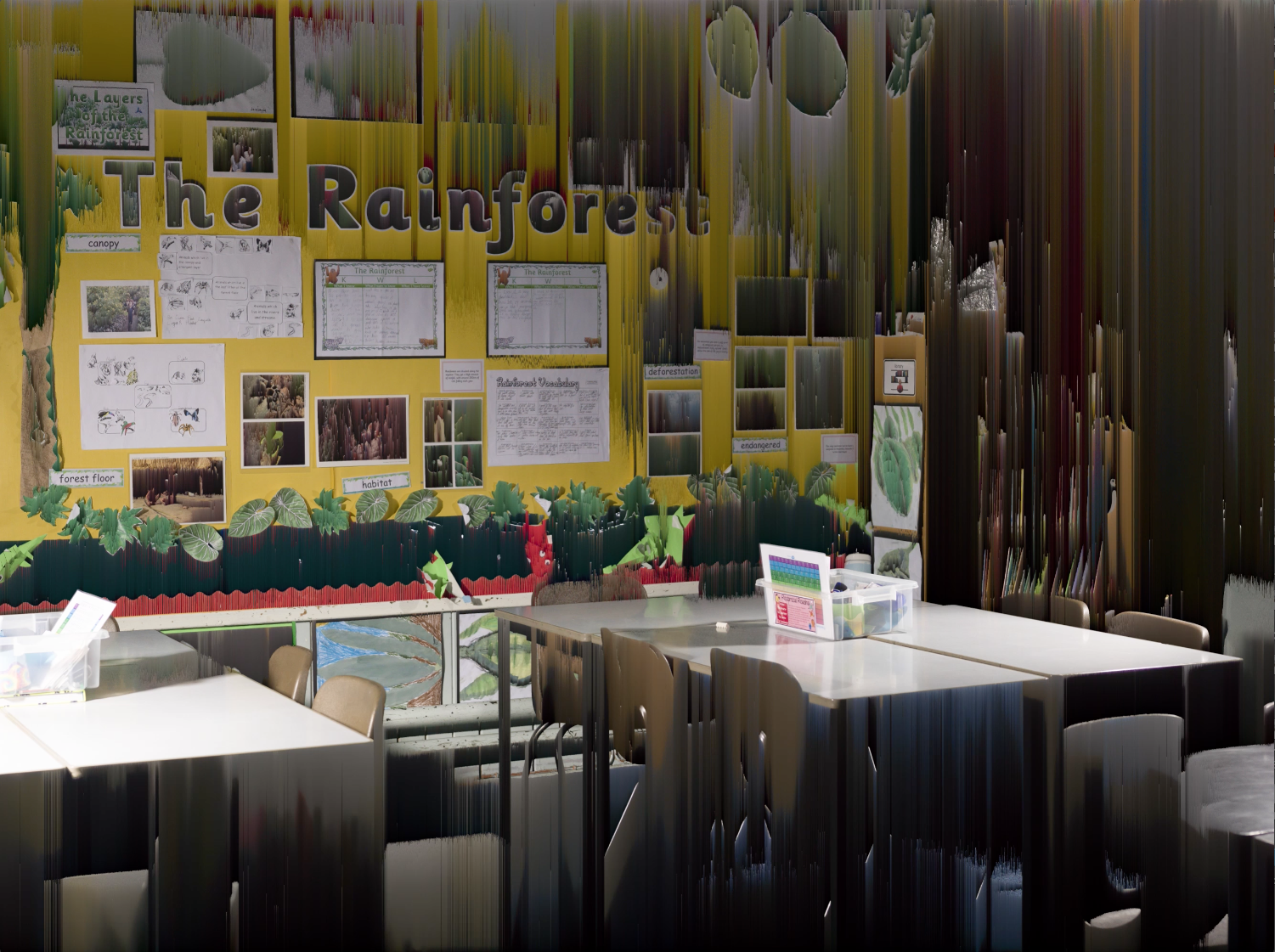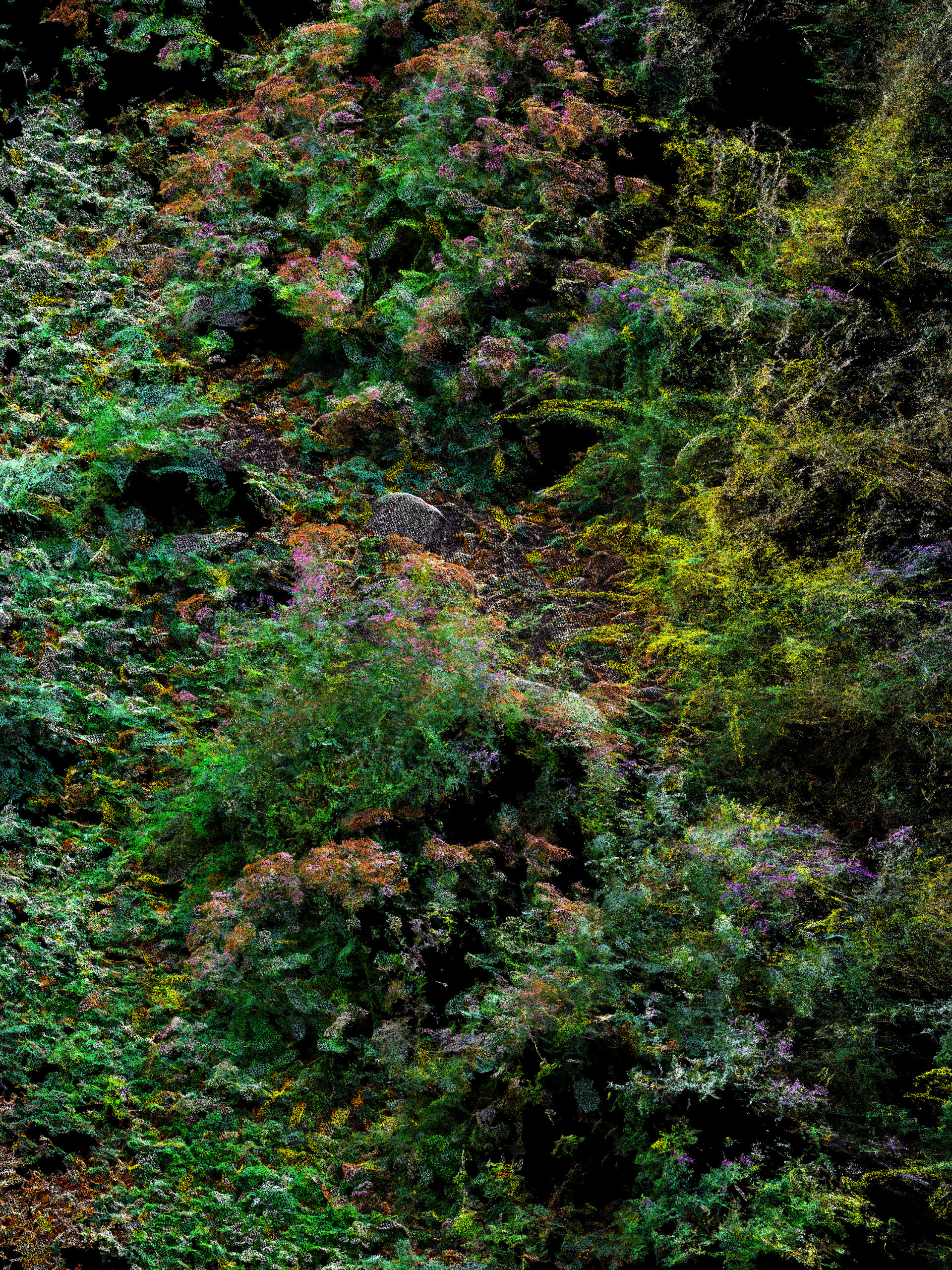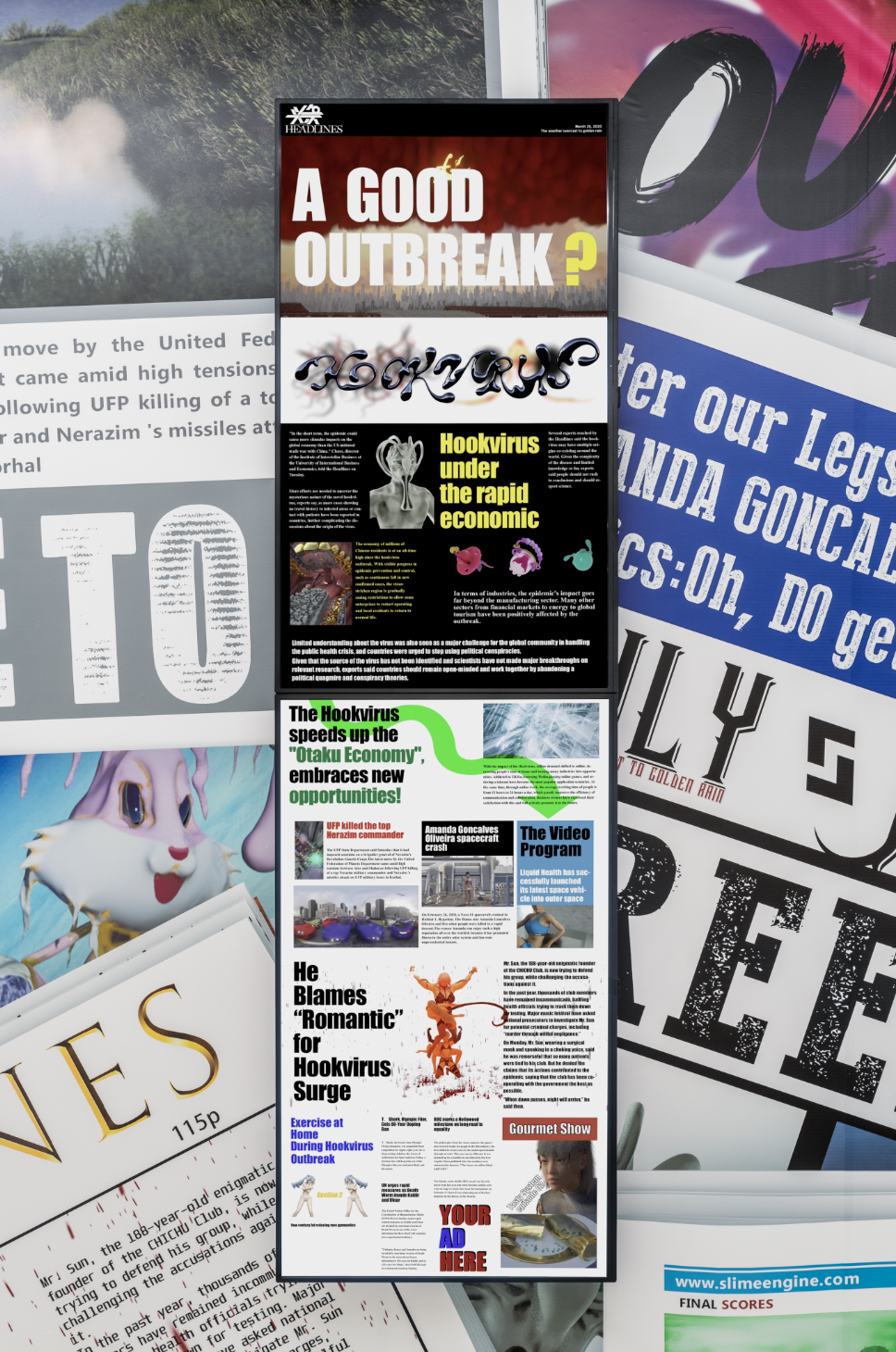
For the 2021 edition of Insights, curator He Yining will explore the break from traditional photographic frameworks in the thematic group exhibition titled Imaging our Futures. We talk to the curator to gain a deeper understanding of her thinking behind this year’s exhibition.
The artists you’ve brought together for Insights are from all over the world and practice a variety of exciting and different approaches. Tell us about your selection process and how these artists strengthen the theme for the display, Imaging our Futures.
Imaging our Futures is an exhibition focusing on the conversations between today’s moving images and the future world. Their works lie in the crossing points of photography, philosophy of technology and media ecology, showing us their interpretations of future images.
As a narrative approach, ‘future’ plays an important role in the contemporary art and culture field. Since 2019, I’ve looked at different strategies and approaches that photographic artists applied to construct the future world. Combining my research on post-digital photographic images, I selected suitable works for Insights from the artists I have worked with or followed in recent years. The creations by participating artists respond to my research questions in various ways and co-construct our critical imagination on the future world in the exhibition.
In Chat Room, British artist Wendy McMurdo uses animation, rolling subtitles and text from game chat rooms to explore the universality of online gaming and how it shapes our way of thinking, playing and learning. American artist Clement Valla’s web-based work Pointcloud.Garden is a point cloud (set of data points in space) composed of algorithms, software and data, exploring ways that people experience gardens and reflecting the way artists create images. Headline from the Chinese artist group Slime Engine responds to political conspiracy theories during the outbreak of COVID-19. By applying their familiar imagery strategies, they have established peculiar aesthetics, blurring the boundary between illusion and reality.

© Wendy McMurdo, Chat Room, 2019. Courtesy of the artist
The exhibition opens in November at our Shanghai fair, how are you imagining it will look?
Since the establishment of PHOTOFAIRS Shanghai, it has become a stage for photographic art lovers from China and around the world to communicate and share. As a practitioner in the art industry, I have many great memories here. I look forward to welcoming photographic art lovers from Shanghai and all around the world to walk in the Dome Hall of Shanghai Exhibition Center to see and experience the interesting works artists have created with the latest technology, and to think about the role that photographic images play in our life.
Why did the curator position for our Insights exhibition appeal?
The pandemic has changed the way we experience the world. As a curator, I hope to take advantage of this opportunity to start a visual journey of dialogue between current photographic art and the world.
What is your opinion on online viewing rooms and digital offerings? Have you been involved in any in the past few months and if so, what do you keep in mind when creating an experience for the viewer?
In the past few years, online viewing rooms have been used in museums and galleries in China, but it did not reach a large audience because of the technology, user experience and other reasons. The art industry has made some positive attempts on online activities, including virtual exhibitions, live streaming and social media interaction, to enhance the opportunities of presenting art, promotions and communications, as well as changing ideas on new forms of art museums, institutions and galleries.
Last year I worked with the Swiss Arts Council on an exhibition called Between Mountains, Hills and Lakes. We did a series of online activities to make up for many artists not being able to join onsite. I still hold many questions about the online art scene, including but not limited to: what is the boundary between online and offline exhibitions? When the pandemic ends, under the condition of keeping the same human resources, how will the institutions’ focus transfer? What should we think about the value of online art workers? How can we protect and supervise the privacy of online live streaming and freedom of speech?

© Clement Valla, Pointcloud.Garden, 2020. Courtesy of bitforms gallery (New York)
How has your role as curator changed over the past 12 months, a time when accessibility to image and information has risen exponentially?
Although we had a hard time last year, the exhibitions I curated did open as planned. We did a lot of online activities. I participated in many events held by art people, was exposed to new culture and art which benefited me a lot.
What three elements does an exhibition need to make it a success?
- The dimension of creation
- The depth of thinking
- The breadth of conversation
What is the most important attribute for a curator?
For me, being a curator means responding to current artistic practices, the world around us and our own problems with critical eyes. My daily work is about writing, translation, research, publishing, as well as exhibitions and cooperation with museums, galleries, and various art institutions. For me, curation is an important practical part of my research of visual culture and art.

© Slime Engine, Headline, 2020. Courtesy of MadeIn Gallery (Shanghai)
Your supporting statement for Imaging Our Futures ends with the poignant sentence: ‘the exhibition invites the audience to think about the age of the digital image we currently live in and beware of the traps laid by images while we envision the future.’ Do you think we need to be cautious about the future?
According to the British photography theorist Daniel Rubinstein, the characteristics of the digital era have been redefined with the emergence of a type of new machine. This machine no longer replicates the human body’s moves but starts to imitate the working mechanism of the brain. It refers to the ubiquitous data deluge behind the screen. They generate some visual presentations that we may call “photos” through continuously running algorithms, but these photos are just visual imagery.
I expect this exhibition which mixes real and fictional images will arouse people’s thinking on the current mechanism and logic of producing images, so that they can reflect on the meanings of images critically in their daily life. The Dome Hall of Shanghai Exhibition Center has welcomed visitors around the world since opening in 1953. The past, present, and future of culture have been connected under this dome. The artworks in Imaging our Futures includes subjects which are closely intertwined with our future life (news, advertisement, technology, travel, education, aerospace, etc.), and tries to resonate with the history of space.